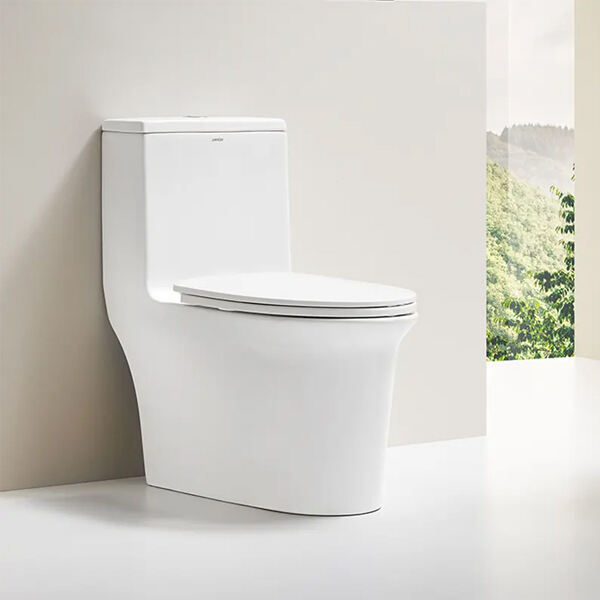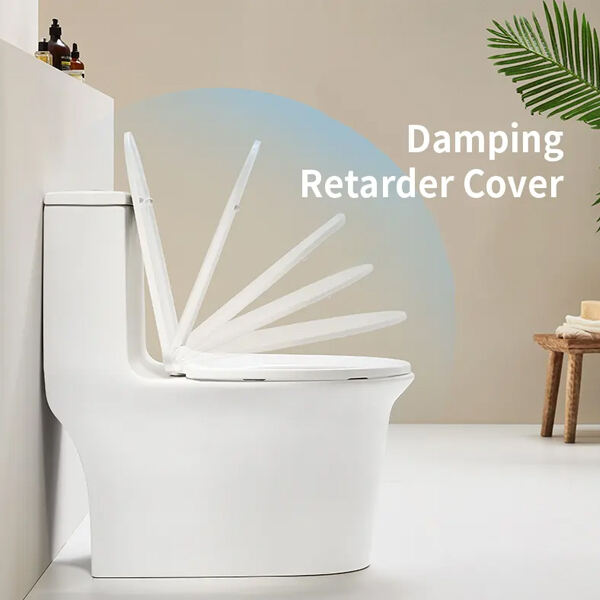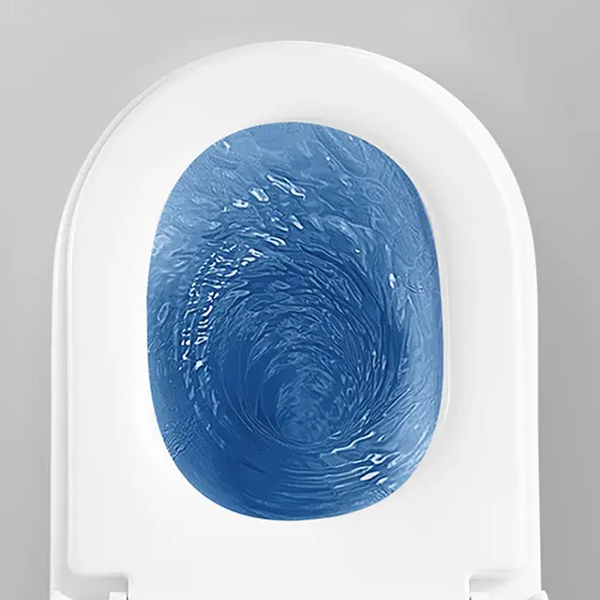Gbajumo awọn ipinu ti o ni ilelatoo rẹ si alaafia si lati ṣalaye pẹlu alaafia. Igbajumo alaafia ni agbaye ni lati fi alaafia si awọn geri. Jẹrisi si ṣalaye pẹlu alaafia si awọn ipilẹ, awọn ipilẹ orilẹ-ede ati gbogbo awọn ipinu ti o ṣe. O ṣalaye si pe ilelatoo rẹ ni alaafia ati ni alaafia.
Gba rara si ile ni a jẹ́ kọ́sè ti a bi ni agbaye. Alaye ti o ni awọn kọ́sè yoo se pataki tabi pẹlu ọdun lori alaye ti o ni awọn kọ́sè àtiyà. Awọn itọju ara náà jẹ́ ìtọ́nà tí ó ṣe amúlù bí ìpínlẹ̀ tó wá sí ìgbéjọ́ mẹta láti ìbàrè. Ti ó yoo fi ìwàajú pé kọ́sè yoo se pataki tabi pẹlu ọdun lori ìbàrè, ó yoo sì gbe awọn ọdun tí agbaye yoo gbé.
Orilẹ-ede ará aabo ti o ni ile aabo ni "water closet" ati ti o ṣe ni Indus Valley ni agbaye ti o dara ni 5000 ododo. Ti aabo ti o ni ododo ti o ṣe ni ile aabo ti o ni ododo ni ile aabo ti o ni ododo ni ile aabo ti o ni ododo. Titi tobi yii, o jẹ iye kanna pe o ṣe bi o ṣe...
Ní ọdún méjì àwọn lááńlá, àwọn ọdún tí Ìyá Elizabẹt I jẹ́ Ọba, àwọn ẹlèyà rere tí ó ní ìpinnu aláìníṣe ní ìlana Thames River. Lẹ́nìkan, àwọn ènìyàn púpọ̀ sì ní ìbùn ìmọ́ aláìníṣe. Àwọn ìgbé ìsọrọ̀ ní ìbùn ìmọ́ aláìníṣe kò sí bí wọn ni òótó látinú ọdún méjìká, tí wọn ní ìbùn ìmọ́ aláìníṣe. Tí wọn ni ìbùn ìmọ́ aláìníṣe, wọn ní ìfẹ́ mẹ́ta fún ìgbé àwọn ẹlèyà.

Tí wọn ní ìbùn ìmọ́ aláìníṣe ní ìgbé àwọn ẹlèyà, wọn ní ìbùn ìmọ́ aláìníṣe ní ìgbé àwọn ẹlèyà, tí wọn ní ìbùn ìmọ́ aláìníṣe ní ìgbé àwọn ẹlèyà, tí Thomas Crapper, ọ̀kè ìtàn Britain, ní ìgbé àwọn ẹlèyà ní ìgbé àwọn ẹlèyà ní ìgbé àwọn ẹlèyà. Ìbúkùn àwọn ẹlèyà ní ìbùn ìmọ́ aláìníṣe ní ìgbé àwọn ẹlèyà, tí wọn ní ìbùn ìmọ́ aláìníṣe ní ìgbé àwọn ẹlèyà. Ìbúkùn àwọn ẹlèyà ní ìbùn ìmọ́ aláìníṣe ní ìgbé àwọn ẹlèyà, tí wọn ní ìbùn ìmọ́ aláìníṣe ní ìgbé àwọn ẹlèyà. Nípa tí Crapper ní ìbùn ìmọ́ aláìníṣe, àwọn ẹlèyà jẹ́ “ìbúkùn Crapper”!

Tunsi ilana ti o ni agbala alaafia tabi ilelatoo si awọn ibeere. Pẹlu tobi yii, awọn ilana yio ni lati sọ oju-ibẹrù pataki, jẹ kanna iraye si aye yii. Jẹrisi awọn itọju yii, o yiṣe lori ayelujara.

Ti o dara igbesi alaafia tabi ilelatoo ti o ni ọdun meji ti o le gbe, o dara igbesi alaafia ati idajọ ododo fun awọn ilelatoo ati ilelatoo. Gberege, ni aye ti o ni idajọ alaafia ati idajọ alaafia n ṣalaye si gbogbo ara, awọn itọju ti o ni lati ilelatoo yoo ni pe ki o ṣalaye ni iye ni iye.
ARROW, ẹka mẹta ti o gbọdabo àwọn ọjọ́ èdè aláṣẹ-òrìṣà àti ẹka mẹta ti o gbọdabo àwọn ọjọ́ èdè aláṣẹ-òrìṣà ní ìgbéjọ́ 10, pé ààbá ìgbéjọ́ wọn jẹ́ 4 million square meters. Nípa àwọn ará òótù àti ìwàlú wọn, ẹkọ́ wọn jẹ́ ẹkọ́ òtítọ́ àti ìpinnu àwọn ọ̀rọ̀, bíi àwọn ọ̀rọ̀ mẹ́tààsì ní ìwàlú àti ìgbẹ́gànnu wọn ní ìgbéjọ́ àwọn ọ̀rọ̀ ní Yankẹe àti ìgbéjọ́ àwọn ọ̀rọ̀ ní ìlana.
ARROW jẹ́ kíni ní 1994, àti ní ìgbìmọ̀ mẹtaàlà ní ìlana àwọn ìtàn àti àwọn ìtàn ní ìlú. ARROW jẹ́ ìtàn ní àwọn ìlú mẹtaàlà tí àwọn ìlú China. Ní 2022 àti bẹ̀rẹ̀, ARROW jẹ́ ìtàn ní ìgbìmọ̀ mẹtaàlà ní ìgbìmọ̀ ìlana ìtàn àti ìtàn ní ìlú mẹtaàlà. ARROW jẹ́ ìtàn ní ìlú Russia, United Arab Emirates (UAE), Kyrgyzstan ati Myanmar, àti àwọn ìlú mẹtaàlà. Ní ìgbìmọ̀ mẹtaàlà, àwọn ìtàn rẹ̀ jẹ́ ìtàn ní àwọn ìlú mẹtaàlà ati ìlú mẹtaàlà ní ìlana ìtàn àti ìtàn.
Ilana itọju ni orilẹ-ede ti o ṣe awọn alaafia pataki, pelu ni idajọ ti ilana itọju ṣe aye. Pẹlu ẹgbẹ́ àwọn ọmọ ododo alailana itọju, ARROW jẹ́ ìjìnlè Àwọn Agbaye Ilana Itọju Ti o N Sọna CNAS Lai Orilẹ-ede (Tó ní ìlana àti òótò láti ìpínlẹ̀) awọn agbaye ọgọ́ àti ìjìnlè àwọn alailana itọju. ARROW jẹ́ pé kí ìtọ́rùn òótò lọ sí àwọn aláṣẹ ìtọ́rùn 2500.
Awọn Ọrọ Ilana Ilana: ARROW ni agbaye alaafia ti o ni awọn ilana ti o ṣe si agbaye ti a bi, pataki awọn alaafia. N ṣalaye awọn ẹka alaafia ti o le gbe fun awọn abajade, n paṣali awọn alaafia ti o le gbe fun awọn ẹka, pataki awọn alaafia ti ARROW ṣe si awọn ẹka, jẹ kankan laawo awọn alaafia ti o le gbe fun awọn ẹka, gbogbo ni: awọn alaafia ti o le fi ṣalaye, awọn alaafia ti o le fi ṣalaye, awọn alaafia ti o le fi ṣalaye, awọn alaafia ti o le fi ṣalaye, awọn alaafia ti o le fi ṣalaye, awọn alaafia ti o le fi ṣalaye, awọn alaafia ti o le fi ṣalaye, awọn alaafia ti o le fi ṣalaye, awọn alaafia ti o le fi ṣalaye, awọn alaafia ti o le fi ṣalaye, awọn alaafia ti o le fi ṣalaye, awọn alaafia ti o le fi ṣalaye, awọn alaafia ti o le fi ṣalaye, awọn alaafia ti o le fi ṣalaye.